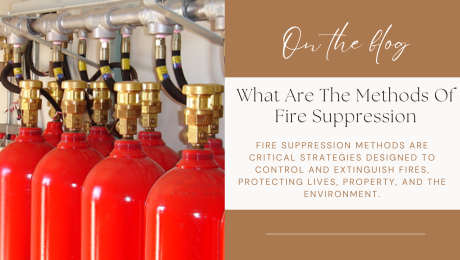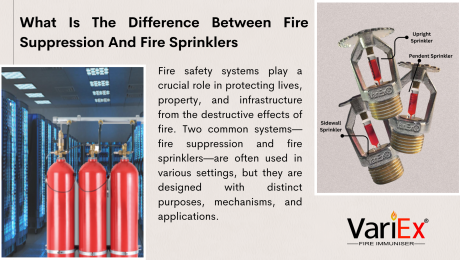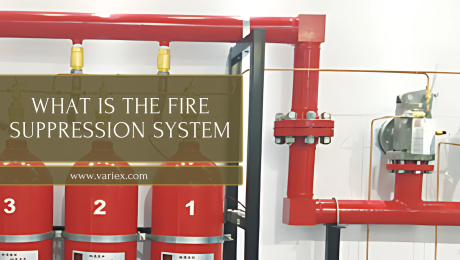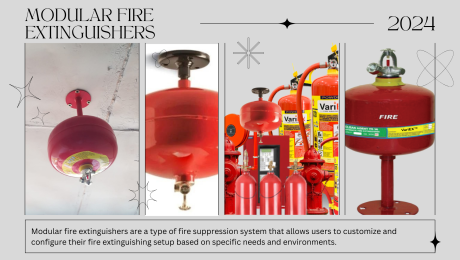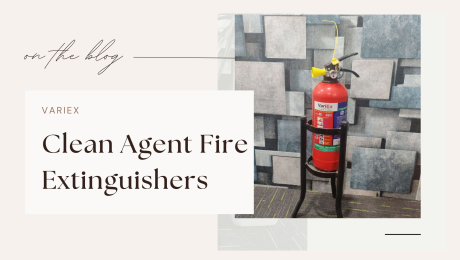Home is where safety begins, and prioritizing fire safety is crucial for protecting lives and property. Start by installing smoke detectors in key areas and regularly testing them. Ensure the availability of fire extinguishers and educate family members on their use. Create and practice a fire escape plan, designating meeting points outside the home. Regularly inspect electrical systems and appliances for potential hazards, and avoid overloading outlets. Keep flammable materials away from heat sources and candles, and be cautious in the kitchen to prevent cooking-related fires. Educate family members, especially children, on fire safety practices. By taking proactive measures and fostering a culture of awareness, you can significantly reduce the risk of fires at home. Fire safety is a shared responsibility, and a well-prepared household is better equipped to handle emergencies and protect its members.
What Are The Methods Of Fire Suppression
- Published in Fire Fighting System, Fire Safety Equipment, Fire Suppression
What Is A Type 4 Fire System
- Published in Fire Fighting System, Fire Safety Equipment, Fire Suppression
What NFPA Is For Fire Suppression System
- Published in Fire Fighting System, Fire Safety Equipment, Fire Suppression
What Is The Difference Between Fire Extinguisher And Fire Suppression System
- Published in Fire Extinguisher, Fire Fighting System, Fire Safety Equipment, Fire Suppression
What Are The Two Main Types Of Fire Sprinkler Systems
- Published in Fire Fighting System, Fire Safety Equipment, Fire Sprinkler System
What Is The Difference Between Fire Suppression And Fire Sprinklers
What Are The 4 Fire Suppression Systems
- Published in Fire Fighting System, Fire Safety Equipment, Fire Suppression
What Is The Fire Suppression System
- Published in Fire Suppression
What Is Co2 Fire Suppression System
- Published in Fire Fighting System, Fire Safety Equipment, Fire Suppression


